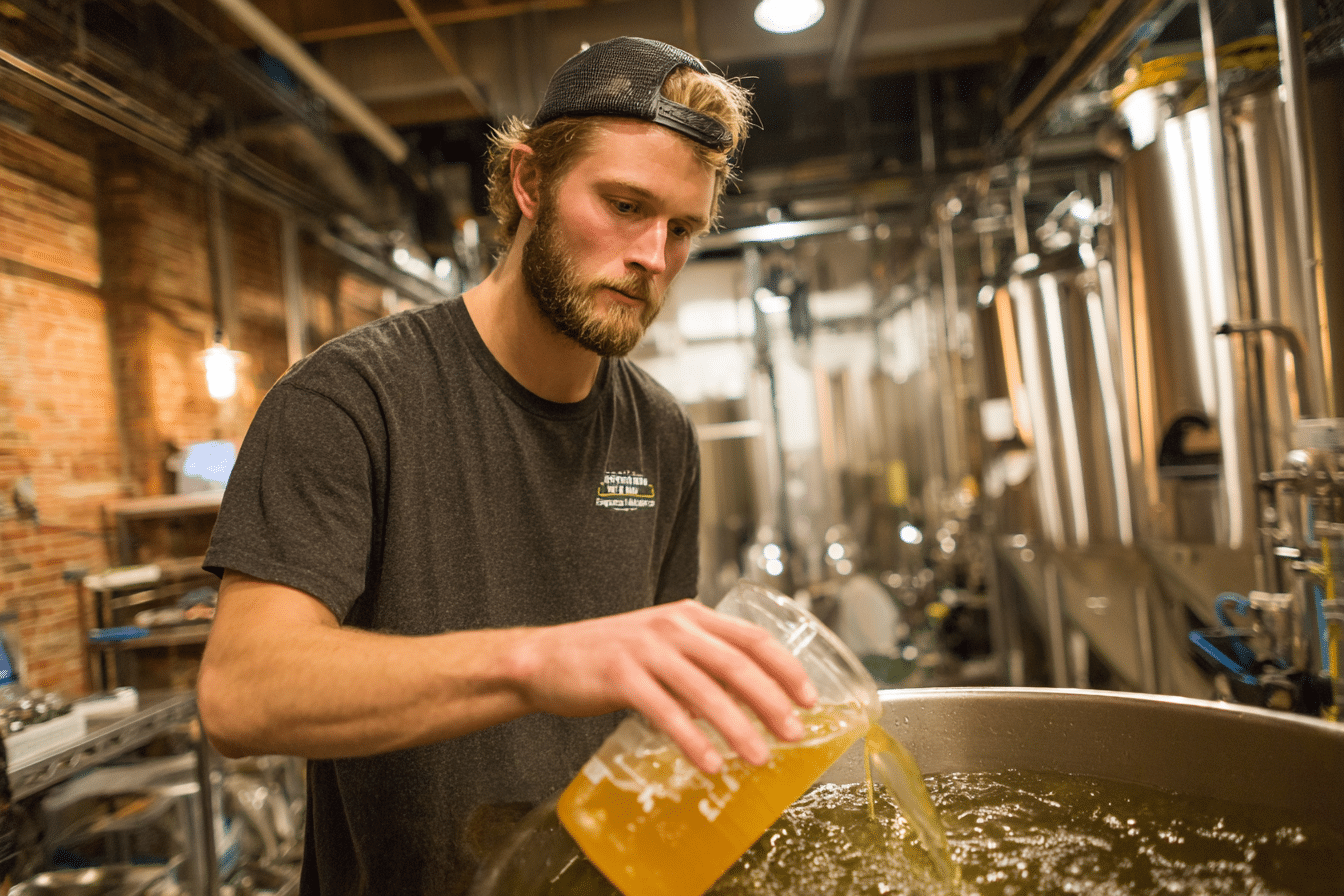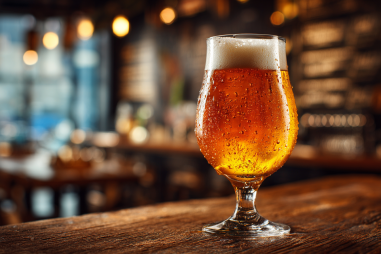American lager is known for its clean, crisp taste and light body, making it one of the most approachable beer styles. Brewing this classic beer involves precise techniques that emphasize clarity, balance, and subtle flavor. Whether you’re a homebrewer experimenting in your kitchen or a craft brewer scaling up production, understanding these techniques is key to mastering the American lager.
Understanding American Lager Brewing Techniques
Brewing American lager is a craft that has evolved over decades, influenced by German lager traditions but adapted to the grain and hop varieties commonly found in the United States. The hallmark of this style is its smooth drinkability and restrained malt and hop profile. Achieving this requires attention to detail during all stages of brewing: mashing, fermentation, conditioning, and packaging.
Unlike ales, lagers are fermented with bottom-fermenting yeast at lower temperatures, which slows fermentation and produces fewer esters and phenols. This results in a cleaner, crisper flavor. The brewing process also requires strict temperature control, careful yeast management, and often an extended cold conditioning period, known as lagering.
Selecting the Right Yeast and Fermentation Temperature
The yeast strain used is fundamental to producing an authentic American lager. Most brewers opt for strains of Saccharomyces pastorianus, the traditional lager yeast, known for its clean fermentation and ability to metabolize malt sugars fully. Popular strains include Wyeast 2124 Bohemian Lager, White Labs WLP830 German Lager, and various dry yeast options designed for American lagers.
Fermentation temperature is critical. Typically, American lagers ferment best between 48°F to 55°F (9°C to 13°C). At these cooler temperatures, yeast activity slows, producing fewer fruity esters common in ales and minimizing sulfur compounds often associated with lagers. Maintaining consistent temp during primary fermentation helps reduce off-flavors and ensures a clean profile.
For homebrewers, investing in a temperature-controlled fermentation chamber or a dedicated fridge with a thermostat is often necessary to maintain these precise conditions.
Controlling Fermentation and Lagering
Once fermentation begins, it’s important to monitor yeast health and activity. A slow, steady fermentation is ideal for lagers, typically lasting up to two weeks. During this time, the yeast not only converts sugars to alcohol and CO2 but also helps clean up off-flavors such as diacetyl, a buttery compound that can detract from the lager’s crisp character.
After primary fermentation, the beer undergoes lagering, a cold conditioning phase traditionally conducted between 32°F to 38°F (0°C to 3°C) for several weeks to months. This phase allows residual yeast and proteins to settle out, improving clarity and mellowing flavors.
Lagering also reduces harsh sulfur notes that can produce a green, onion-like aroma if not properly managed. The longer the lagering period, the smoother and more balanced the finished beer will be. Craft brewers typically lager for 4-8 weeks depending on batch size, yeast strain, and desired flavor profile.
The Importance of Cold Conditioning
Cold conditioning, or lagering, is perhaps the defining step that distinguishes lagers from ales. During this extended cold phase, not only do suspended particles drop out for enhanced clarity but the beer’s body and flavor profile become more refined.
Cold temperatures slow down microbiological activity, preventing spoilage while allowing enzymatic reactions that improve taste to continue. Many brewers also use this stage to naturally carbonate the beer or prepare it for force carbonation prior to packaging.
For homebrewers, replicating the cold conditioning step can be a challenge without proper refrigeration. However, using a fridge dedicated to lagering and patience can produce remarkable results that rival commercial quality.
Adjusting Water Chemistry for American Lagers
Water composition plays a subtle yet significant role in lager brewing. Because American lagers have a relatively delicate flavor balance, the brewing water needs to be tailored to accentuate malt sweetness and hop bitterness without overpowering.
Typically, American lager water profiles have moderate hardness and balanced sulfate-to-chloride ratios. Sulfates enhance hop bitterness and crispness, while chlorides accentuate malt fullness and smoothness. Many brewers treat their water by adjusting minerals such as calcium sulfate (gypsum) and calcium chloride to hit the desired balance.
Water pH during mashing should ideally be between 5.2 and 5.6 to promote enzyme activity and efficient starch conversion, ultimately affecting fermentability and flavor stability. Testing and modifying water offers brewers the ability to fine-tune their beer’s character.
Common Pitfalls and Troubleshooting in American Lager Brewing
Brewing lagers can be challenging due to the precise conditions required. Here are some common pitfalls and tips to avoid them:
- Temperature fluctuations: Sudden changes in fermentation temperature can cause off-flavors like esters or sulfur. Use a stable temperature control system.
- Incomplete fermentation: Too cold fermentation or underpitching yeast can result in leftover sugars and unintended sweetness. Ensure proper yeast quantity and health.
- Off-flavors: Diacetyl and sulfur are common in lagers; adequate fermentation and lagering times are essential for their reduction.
- Clarity issues: Poor cold conditioning or filtration can leave the lager hazy. Extended lagering and fining agents can help.
- Water imbalance: Untreated or unsuitable water may result in a dull or unbalanced profile. Test and adjust accordingly.
Monitoring gravity, taste-testing carefully during the process, and keeping detailed brewing logs aid in troubleshooting and refining future batches.
Scaling Recipes from Homebrew to Craft Brewery
Translating a homebrew American lager recipe to a craft brewery scale is both an art and a science. Several factors must be considered to maintain consistency and quality:
- Ingredient sourcing: Larger batches require bulk purchasing of malt, hops, and yeast, possibly from different suppliers—consistency is key.
- Process control: Equipment differences can affect mash efficiency, boil-off rates, and temperature control. Adjust these parameters to match original conditions.
- Fermentation tanks: Larger fermenters have different thermal dynamics and yeast behavior. Implement scalable temperature control methods and ensure proper oxygenation.
- Lagering facilities: Larger volumes need sufficient cold storage space and improved filtration strategies.
- Recipe adjustments: Sometimes scaling reveals that hop utilization or malt character needs tweaking to retain balance on a bigger scale.
Collaboration with experienced brewers and thorough pilot testing ensures the scaled version matches the original vision.
Perfecting Your American Lager
Mastering American lager brewing is about patience, precision, and attention to detail. From selecting the right yeast to controlling temperature, from understanding water chemistry to dedicating proper time for lagering, every step builds toward that signature clean, crisp lager experience.
Whether you’re brewing a batch at home or ramping up to craft brewery production, these techniques are your roadmap to success. Embrace the challenge, refine your processes, and enjoy the rewarding taste of a perfectly crafted American lager.







